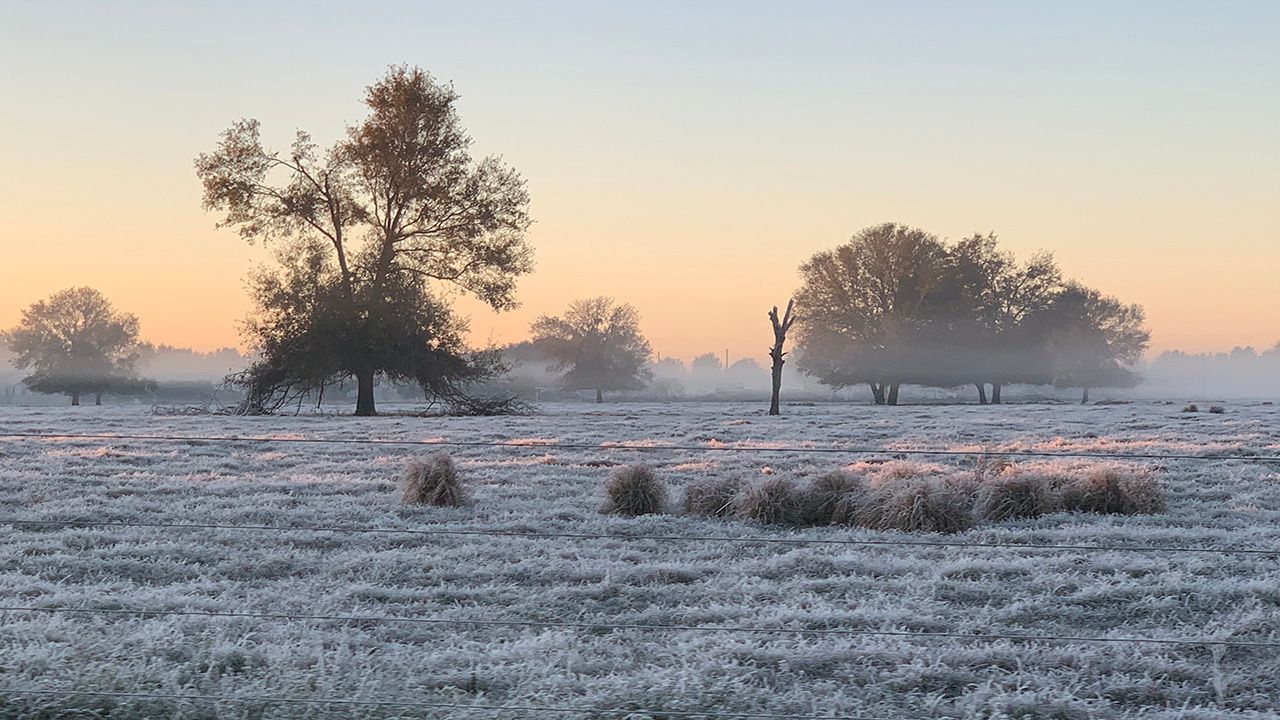Water temperatures have been warmer than normal in the central Pacific Ocean for a few months now. This is called El Niño and it could have implications for our weather this winter.
Trade winds have relaxed in the central Pacific, and this has reduced upwelling off the west coast of South America. Upwelling brings cooler water from the ocean depths to the surface.
With less upwelling, sea surface temperatures have warmed in the central Pacific, leading to an El Niño pattern.
These warmer Pacific water temperatures can determine weather patterns across other parts of the world.
El Niño can have an influence on the jet stream in the winter. A jet stream is a narrow band of strong upper level winds that storms often follow.
During El Niño, the jet stream is split into two branches, a polar jet stream over Canada and a Pacific (or subtropical) jet stream over the southern United States.

Typically, this leads to storms tracking across the southern third of the country, leading to above normal rainfall for us here in Florida.
This is all relative, as the winter is our dry season, so it doesn’t take much rain to be above normal. Above normal rainfall could help with the drought in our part of the state.
We can also see cooler than normal temperatures with the increased cloud cover and rain.
This doesn’t mean we won’t have warm days this winter. It’s just more likely that cooler days will outnumber warmer days, particularly later in the winter.
Severe weather can be more common for us in this pattern as well.
In an active pattern like this, temperatures can have large swings over the course of just a few days, so it will be an important winter to stay updated on the forecast.
Our team of meteorologists dives deep into the science of weather and breaks down timely weather data and information. To view more weather and climate stories, check out our weather blogs section.



